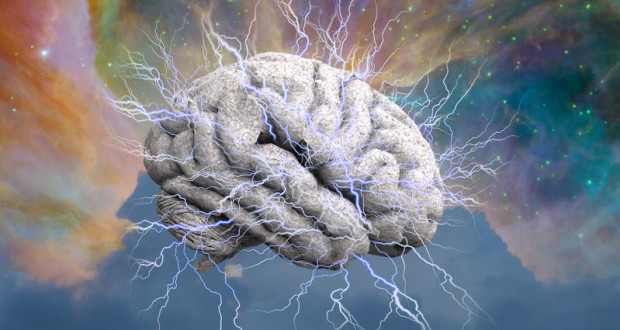Though you’ve almost certainly heard of the nervous system, many people would be hard-pressed to describe it. This network of nerves and cells plays a massive role in our everyday lives, controlling everything from voluntary muscle movements to balance to sensory input. To carry out its daily tasks, the nervous system relies on several key components.
In and Out
The nervous system has direct control over our sensory input, our involuntary/voluntary actions and our cognitive abilities. It manages several internal processes, such as food digestion and blood flow, and carries data to and from various parts of your body. Given all of its responsibilities, it’s probably not too surprising to learn that this highly complex network can be divided into two distinct sections: the central nervous system (CNS) and the peripheral nervous system (PNS).
The Gears in the Machine
The purpose of the central nervous system is to process incoming sensory information. In order to do this, the CNS relies largely on its two most important parts, the brain and the spinal cord.
The Brain: There are three main regions of the brain, known as the forebrain, midbrain and the hindbrain. The forebrain features the cerebrum, the largest individual part of this organ. It enables us to think, speak and perceive the world around us. The forebrain also manages sensory input, motor functions and automatic functions, such as the body’s heart rate and blood pressure.
Wedged between the other two sections, the midbrain is heavily involved with interpreting auditory and visual data, while also assisting with motor movement. For its part, the hindbrain allows the body to breathe, and keeps the heart beating properly. This region also coordinates our movements, and prevents the body from losing balance. The hindbrain is the lowermost section of the brain, and is connected to the spinal cord.
Spinal Cord: The spinal cord links the brain with the peripheral nervous system. It consists of an elongated bundle of nerves fibers that extend from the brain to various parts of the body. The spinal cord is a two-way street; fibers that ship messages from the body to the brain are called ascending nerve tracts, whereas descending tracts do the opposite. Protecting this important wiring is the spinal column, a structure made up of 33 bones called vertebrae.
Neurons: It’s hard to discuss the nervous system without mentioning nerve cells, or neurons. The most basic unit of the nervous system, neurons differ from other cells in a crucial area ‒ they are able to communicate with one another. The parts of the cell that enable this vital communication are known as axons and dendrites; the former transmits outgoing signals to other neurons, while the latter handles incoming messages.
Rather than working alone, numerous axons are fastened together to form nerves. This allows the nerves act as an information bridge, transmitting data back and forth between the CNS and the body’s organs.
The Peripheral Nervous System
The nerves located outside the brain and spinal cord are commonly referred to as peripheral nervous system. Essentially, this system functions as a sort of communication channel between the brain and body. For example, sensory data reaches the brain by travelling through PNS nerves. On the flip side of the coin, the brain uses this same network of nerves to deliver commands to the body’s appendages.
There are two major parts to the peripheral nervous system, both of which are detailed below:
Somatic Nervous System: The somatic nervous system provides the CNS with information collected by the skin and sensory organs, such as the eyes, nose and ears. Specifically, this task is performed by sensory neurons. The second type of neuron found in this system are motor neurons, which transport instructions from the brain to muscle tissue. All of our voluntary muscle movements are carried out by this section of the PNS.
Autonomic Nervous System: There are many actions in the body that happen without us thinking about them, such as breathing, the digestion of food and the beating of the heart. The autonomic nervous system controls these involuntary actions, and in doing so keeps the internal operations of the body running smoothly.
 Natural Knowledge 24/7 Educate yourself with nutrition, health and fitness knowledge.
Natural Knowledge 24/7 Educate yourself with nutrition, health and fitness knowledge.






